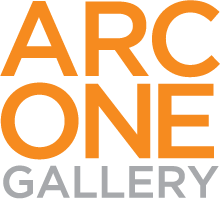Using HONEY LONG & PRUE STENT’s work as a reference point, Irina Baconsky has penned an insightful essay for the British Journal of Photography on how visual language can productively infiltrate environmental debates.
Honey Long & Prue Stent, Field Sip XVII, 2018, granite stone, blown glass, water sample
"There is little doubt that documentary image-making has been instrumental in shedding light on the environmental crisis. Yet, the potential of abstract and even utopian imagery can be equally radical. What, then, may we ask, is the role played by the creative visual language and non-documentary mediums amid the urgency of the climate crisis?” questions Baconsky.
The author goes on to elucidate how Long & Stent’s work dissolves the lines between the human and the natural, allowing us to see ourselves as part of (as opposed to separate from) our broader ecosystem: this being a vital first step it healing the man-inflicted wounds on the environment.














